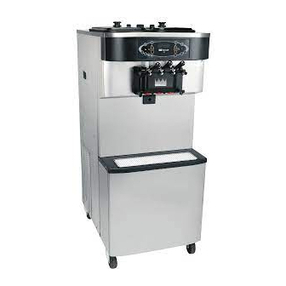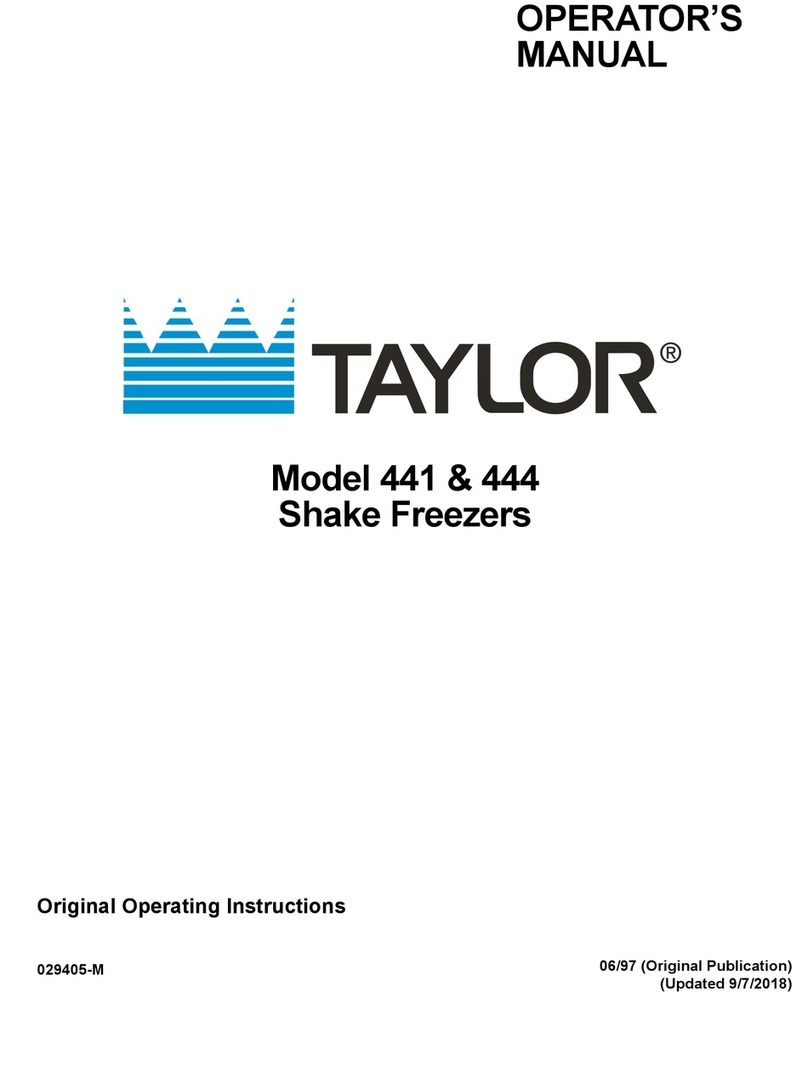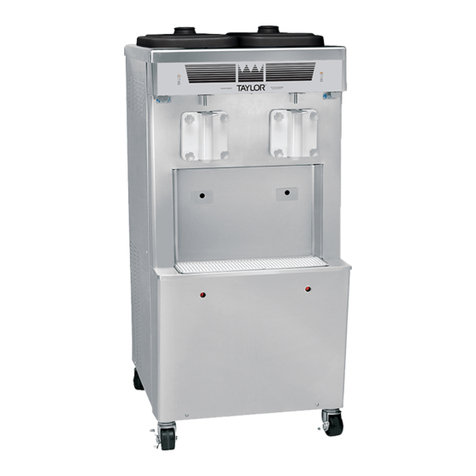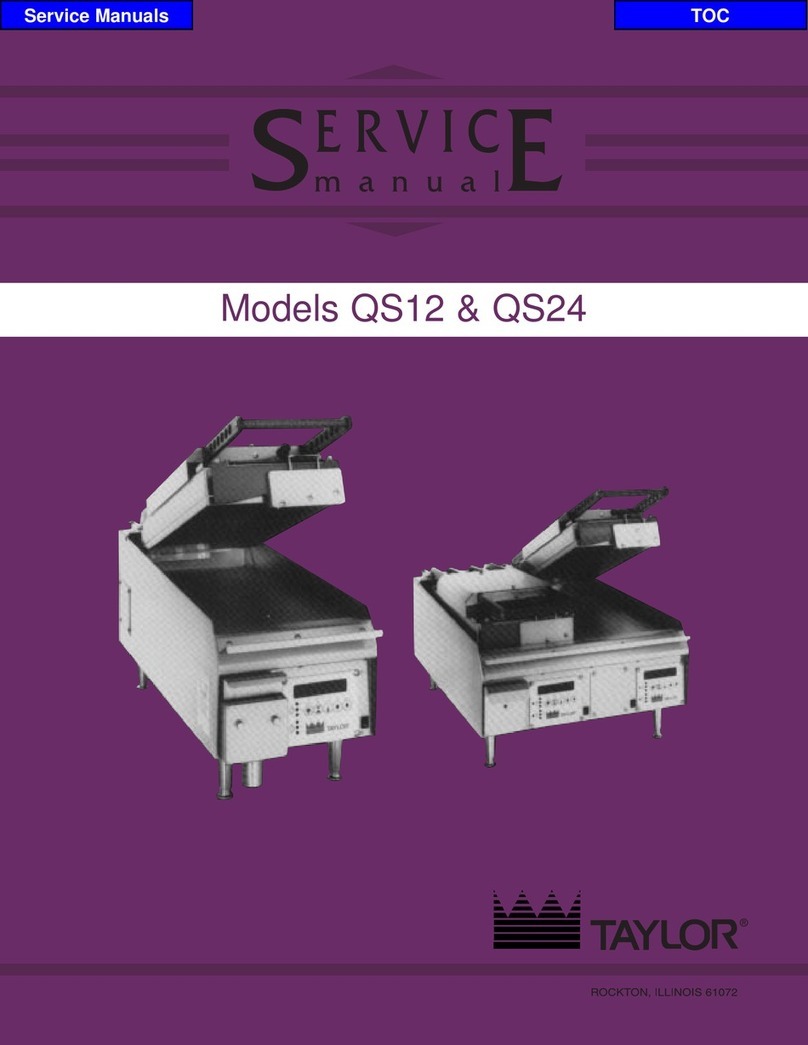Taylor c713 Installation guide
Other Taylor Commercial Food Equipment manuals

Taylor
Taylor C602 User manual
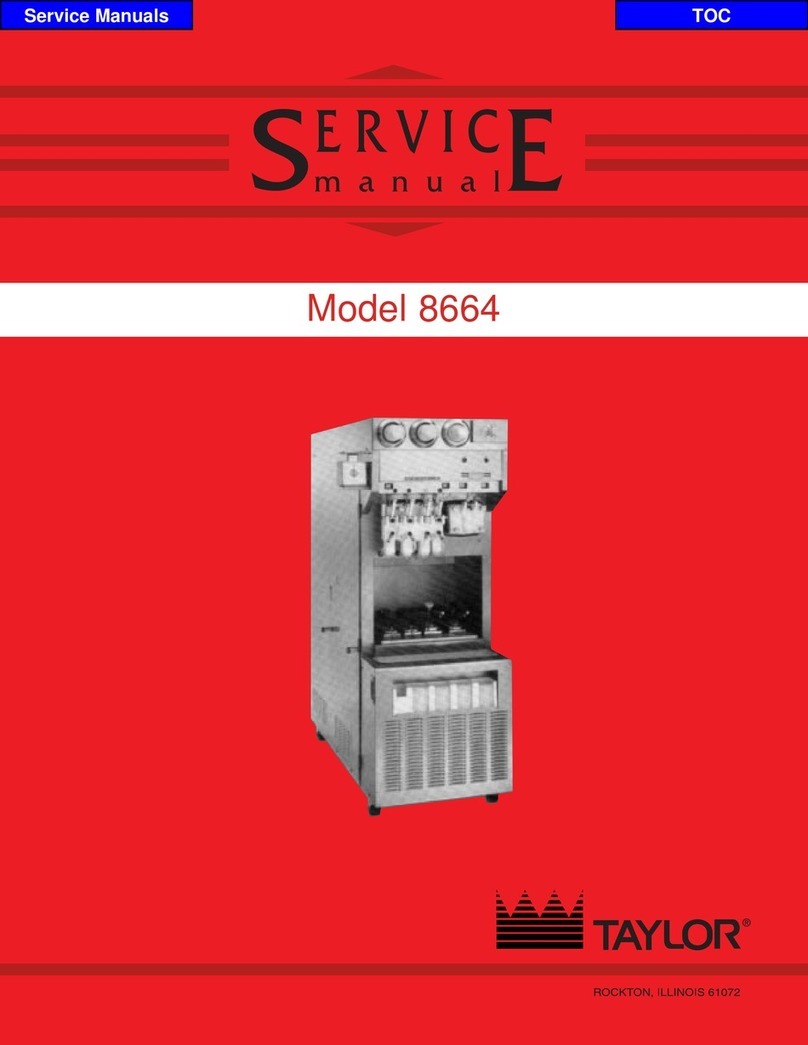
Taylor
Taylor 8664 User manual
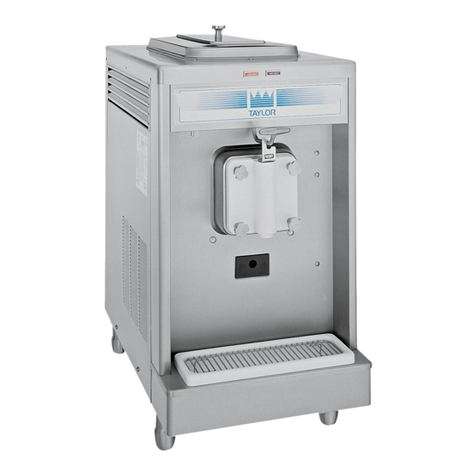
Taylor
Taylor 490 User manual
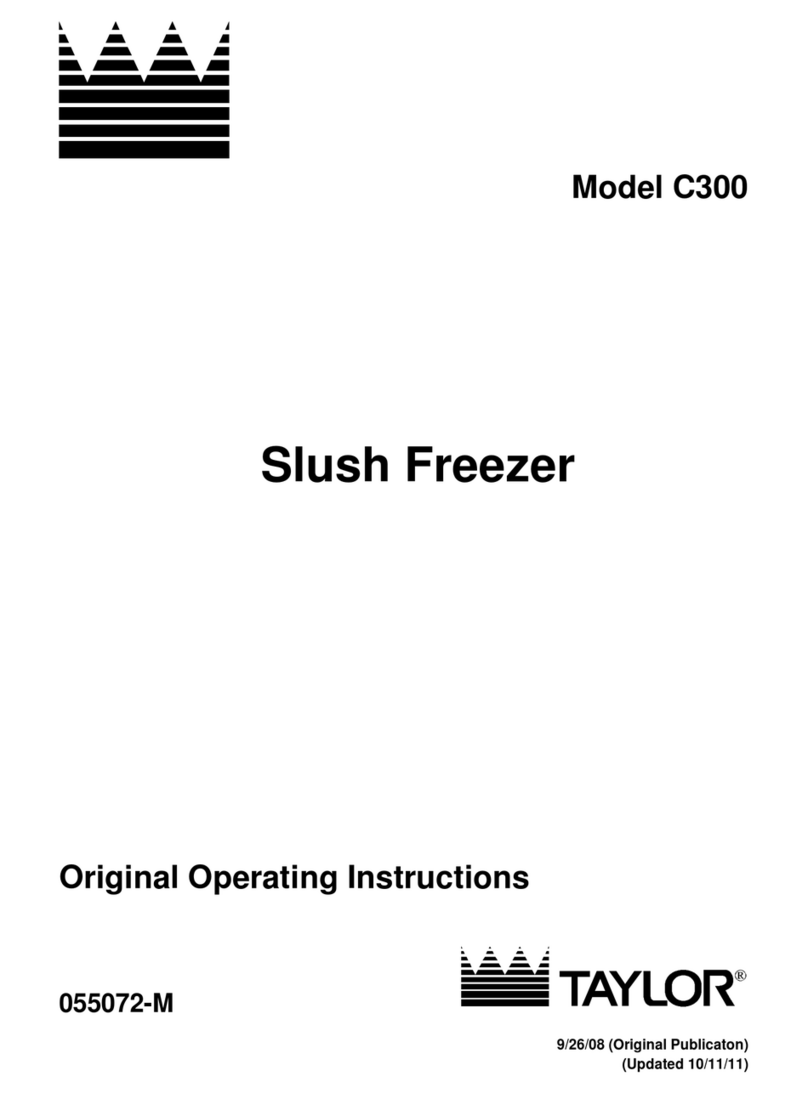
Taylor
Taylor C300 NP User manual
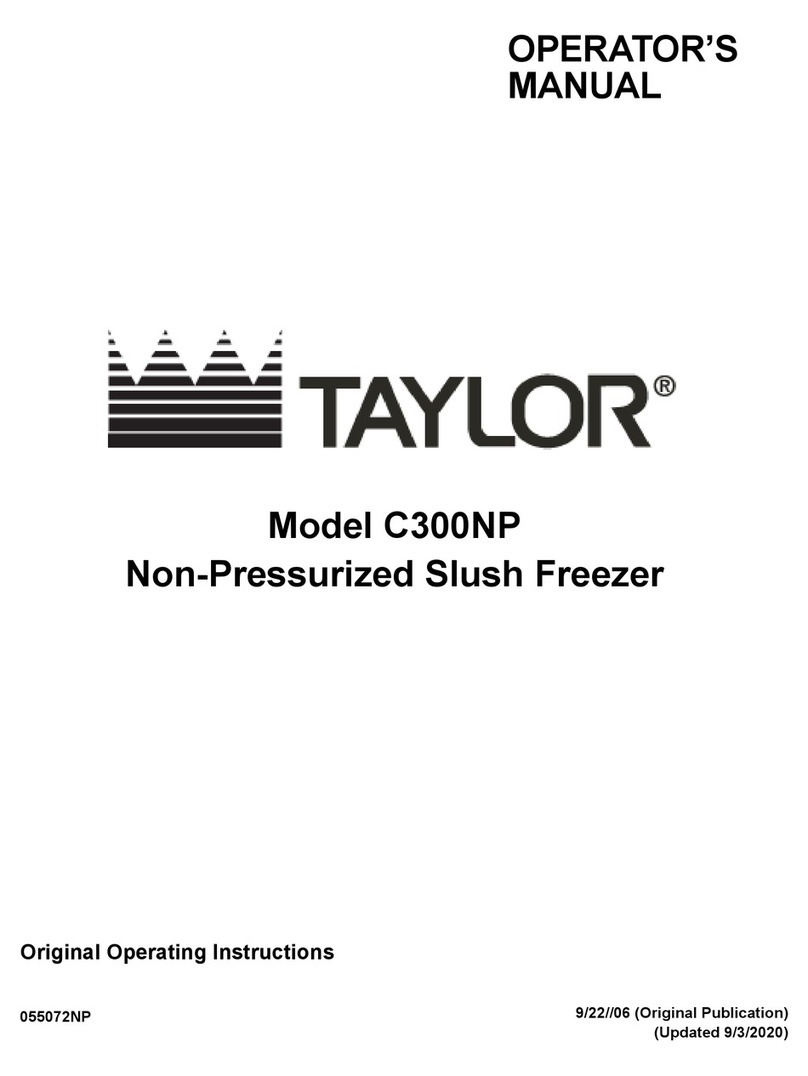
Taylor
Taylor C300 NP User manual
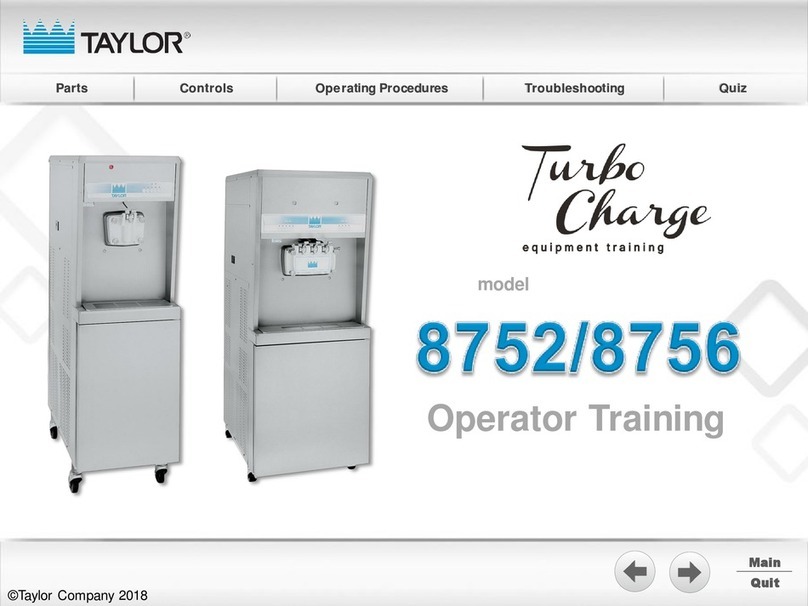
Taylor
Taylor Turbo Charge 8752 Installation guide

Taylor
Taylor C850 User manual
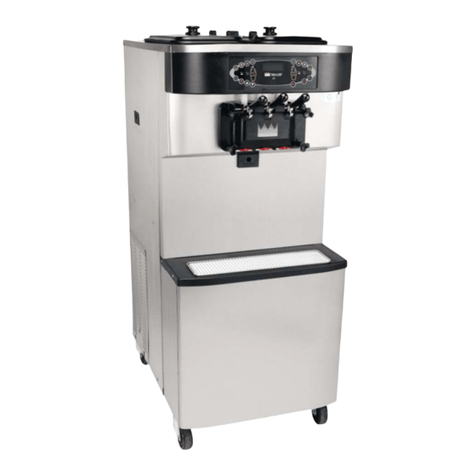
Taylor
Taylor Wawa C708 User manual
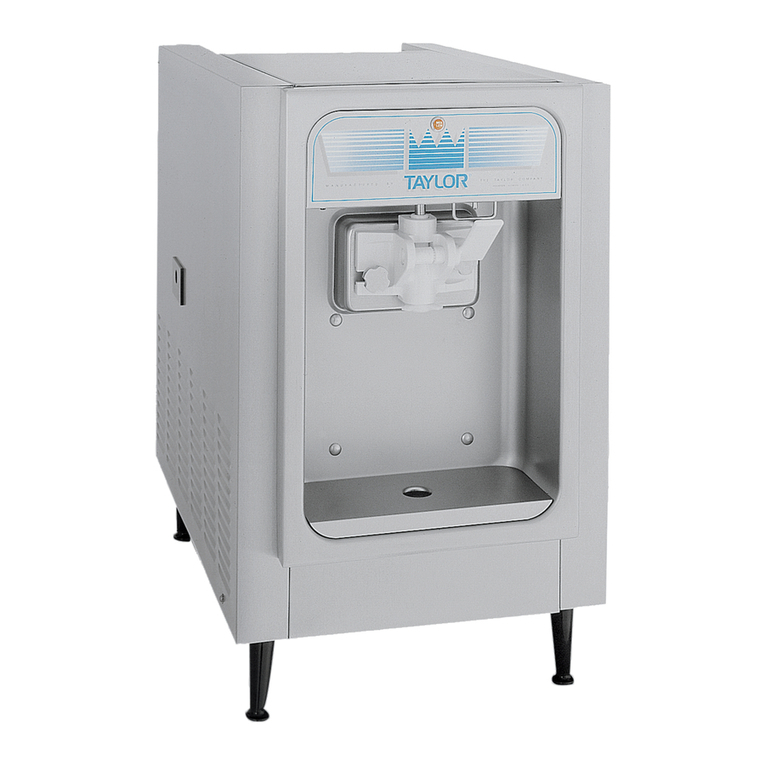
Taylor
Taylor Taylormate 152 Instruction Manual
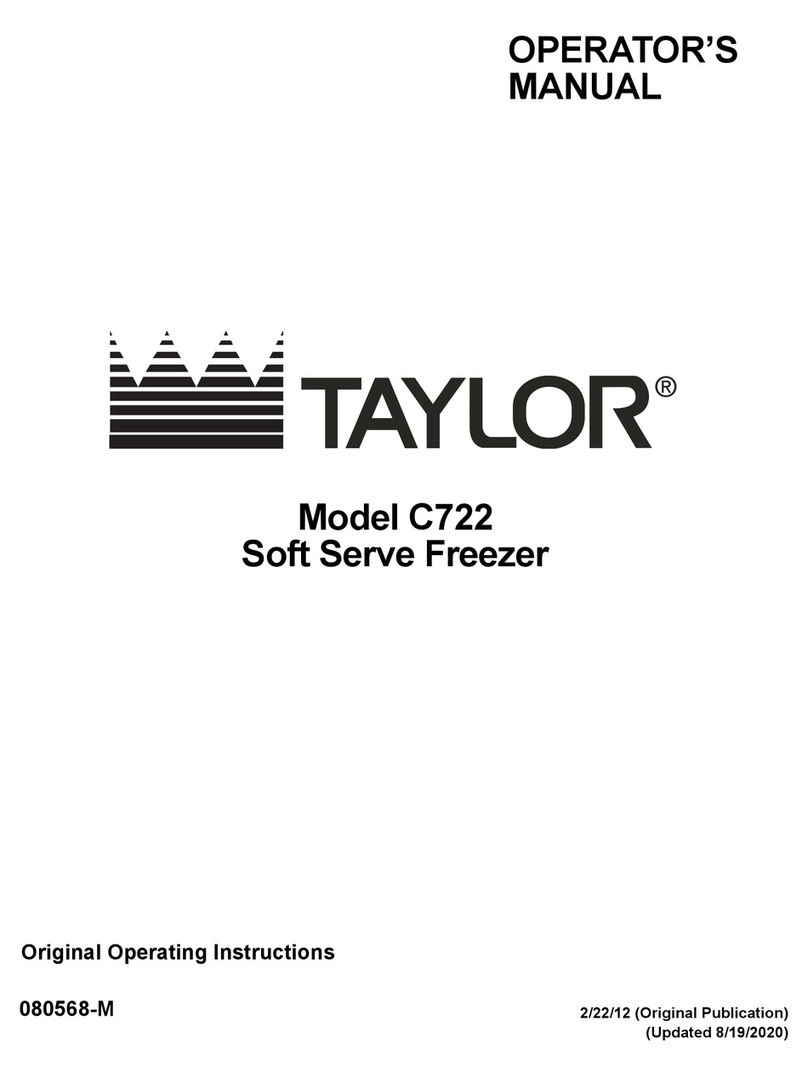
Taylor
Taylor C722 User manual
Popular Commercial Food Equipment manuals by other brands

Diamond
Diamond AL1TB/H2-R2 Installation, Operating and Maintenance Instruction

Salva
Salva IVERPAN FC-18 User instructions

Allure
Allure Melanger JR6t Operator's manual

saro
saro FKT 935 operating instructions

Hussmann
Hussmann Rear Roll-in Dairy Installation & operation manual

Cornelius
Cornelius IDC PRO 255 Service manual

Moduline
Moduline HSH E Series Service manual

MINERVA OMEGA
MINERVA OMEGA DERBY 270 operating instructions

Diamond
Diamond OPTIMA 700 Installation, use and maintenance instructions

Diamond
Diamond G9/PLCA4 operating instructions

Cuppone
Cuppone BERNINI BRN 280 Installation

Arneg
Arneg Atlanta Direction for Installation and Use
